Amgen Tour of California: A climber's eye view
A stage-by-stage look at the climbs of the 2011 edition
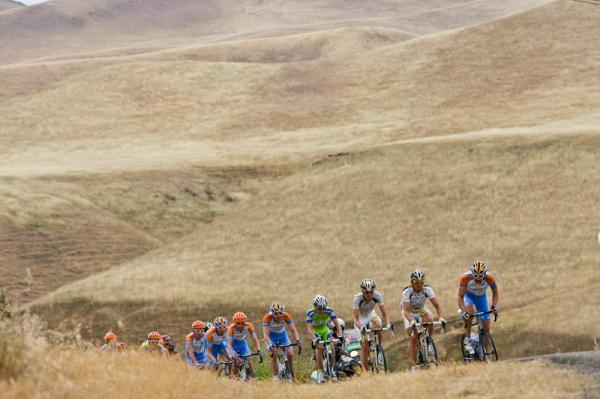
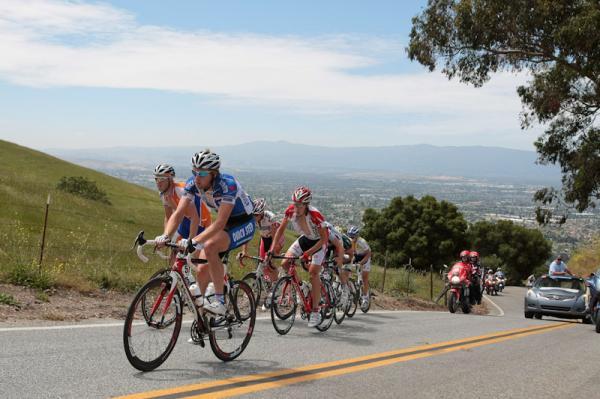
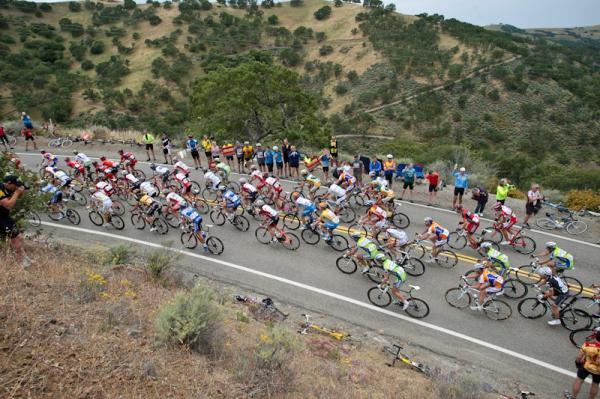
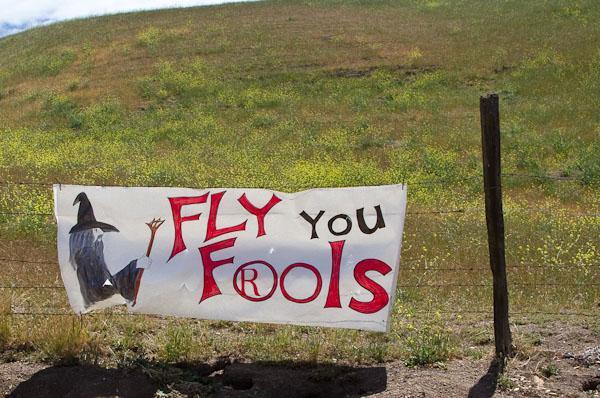
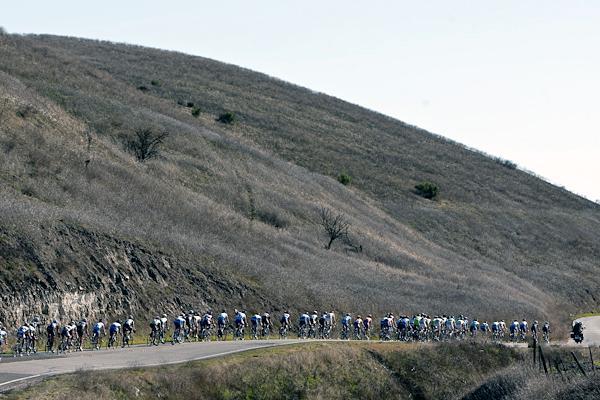
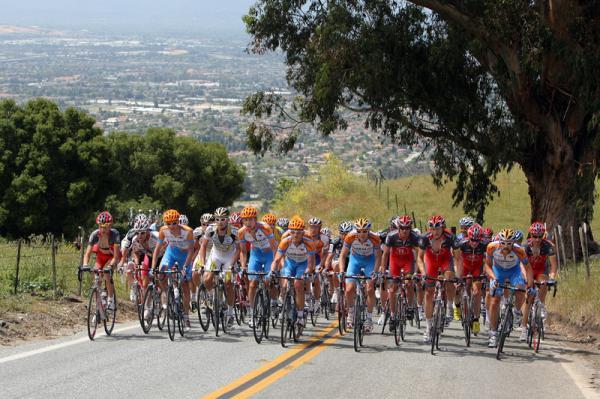
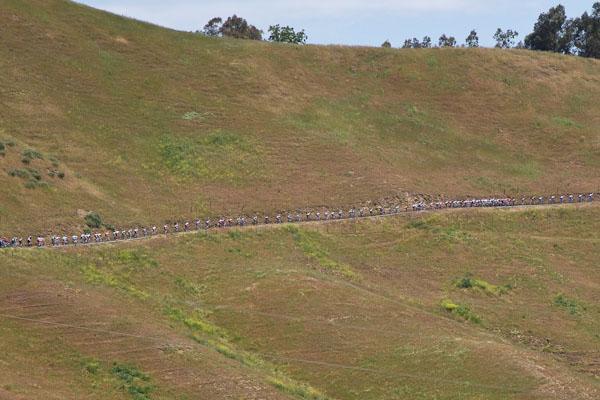
The 2011 edition of the Amgen Tour of California has raised the level of difficulty from previous years. There are two selective mountain-top finishes this time around, and numerous climbs hidden throughout the course. Join us for a stage-by-stage look at the climbs of the 2011 Amgen Tour of California.
Stage 1: Race around the lake
The race begins the Sierra Nevada mountains with a clockwise race around Lake Tahoe. The course includes four California Travel and Tourism Board KOM points. "On paper (or should I say on Strava's awesome stage profile), stage 1 isn't all that tough. There are four climbs, but nothing that gnarly," said Ted King of Liquigas-Cannondale, who rode the course this week with teammate Cameron Wurf. The gradients are relatively easy in the 3-4 percent range.
"The real kicker is going to be the altitude, namely how well people adapt," said King. "It's an entirely straightforward stage if we're at sea level, completely academic racing. But enter nearly 7,000 feet of altitude and it's anyone's race," the Liquigas-Cannondale rider said. King suggested that an early break could go on the first trip up the Emerald Bay climb, especially with so many mountains points on offer for the stage, but it is by no means certain. "So basically Cam and I were just talking about the stage all day long, and we can see virtually anything happening," said King.
The two final climbs add to the uncertainty. Brockway Summit arrives just inside 10 kilometers to go. With 4.8 kilometers of climbing at an average gradient of 5.2 percent, this climb is not all that difficult, but could offer a nice launch-pad for a late attack. "There will be some tired legs going into the climb and they'll call grupetto, but the climb itself isn't that hard," said King. He called the gradients "mellow." A fast descent follows, then it's a quick 2.4-kilometer dash to the line at the North Star Resort. King called this opening day "a total toss-up of a stage".
Stage 4: The Mount Hamilton-Sierra Road double
After two days of flat racing in the Central Valley, the climbers will look forward to stage 4 when the Amgen Tour of California attacks its first mountain-top finish. The stage will run from Livermore to San Jose, where the finish on Sierra Road will bring the bigs out to play. Roman Kilun of Kenda/5-hour Energy Pro Cycling rode this stage earlier this month and believes it will be decisive. Kilun said, "One of the guys who is in the top three on Sierra Road will win the overall."
Get The Leadout Newsletter
The latest race content, interviews, features, reviews and expert buying guides, direct to your inbox!
The stage starts in the rolling terrain of Livermore's vineyard country. An uncategorized climb provides a prelude, then it's a steep three-kilometer uphill at 10 percent to the first California Travel and Tourism Commission KOM on Mines Road. No rest for the weary, a 20-kilometer uphill false flat follows the summit of Mines Road. Then, a descent delivers the riders to the main climb of the day.
Mount Hamilton is one of the two most difficult climbs of this year's Amgen Tour of California. "Maybe 15 guys will make it to the top of Hamilton together," said Kilun. To the Lick Observatory at the summit, it's a 7.6-kilometer climb with an average gradient of 8.4 percent. The road switchbacks up the mountain and the road steepens precipitously through each curve.
Anyone who loses the plot on the climb will find it difficult to ride back into the bike race on the descent. "The descent is narrow and twisty, and if you're off the back it's impossible to get back on," said Ben Jacques-Maynes of the Bissell Pro Cycling Team. Two short climbs interrupt the descent. "It's really three descents," Jacques-Maynes said.
After reaching the valley floor, a three-kilometer, flat run-in announces the final climb of the day. The Sierra Road climb is a recurring fixture of the Amgen Tour of California, but this year marks its first appearance as a stage finish. Jacques-Maynes called Sierra Road "the icing on the cake" of this climbing stage. "You aren't going to see a huge bunch hitting the base of Sierra Road," he said.
Kilun agreed, adding that the mountain-top finish provides an incentive to ride hard on the early climbs. "There's more motivation to attack," said the Kenda/5-hour Energy rider.
Sierra Road, with its vertiginous views of San Jose, climbs 550 meters in 5.8 kilometers. The average gradient is an uncomfy 9.5 percent. "There will be like two guys at the finish," Kilun said. The climb is not long enough to open up huge time gaps among the favorites, but anyone who did not pack his climbing legs will find Sierra Road unpleasant.
Stage 5: A hilly transition stage
A rainy winter ended the Amgen Tour of California's plans to run stage 5 down the coast. Instead, the race turns inland, climbing from Seaside over Carmel Valley Road and running south down the Salinas Valley. Prevailing winds funnel down the Salinas Valley from north to south and should make for a fast stage. Jacques-Maynes estimated that the riders would finish in under 4.5 hours.
The stage departs Seaside and begins climbing immediately. The first California Travel and Tourism Commission KOM arrives at kilometer 16 at the summit of Laureles Grade. After the a quick descent into Carmel Valley, the riders head for the hills and begin the long drag up Carmel Valley Road.
"This is quintessential Central Coast riding," said Jacques-Maynes, who rides these roads frequently in training. It's nearly 30 kilometers to the top of the Carmel Valley Road climb. Here the race passes the boundaries of the Ventana Wilderness area and it feels like "the middle of nowhere," said Jacques-Maynes. The road rises gradually enough to fool the senses. "You wonder why you're hurting. It just keeps going up and up and up and up," said the Bissell rider.
From the summit of Carmel Valley road, it's a long descent to the Salinas Valley. This is John Steinbeck's farm country, and the race passes through the flatlands of Greenfield and King City before heading back into the hills. A 15 kilometer uncategorized climb sends the race up 378 meters from King City, and a bumpy ride to the finish follows. "It's more of a straight shot than the original course, and it'll be easier to chase," said Jacques-Maynes.
The final climb of the day on Interlake Road is a short stinger that climbs four kilometers at 7.6 percent. From Interlake Road, it's a bumpy 22-kilometer ride to the finish, and it will take a determined escapist to withstand the inevitable chase to the line. Despite the climbing, Jacques-Maynes called this one "a transition stage" between the mountain-top finish on Sierra Road and the time trial in Solvang the following day.
Stage 7: Mount Baldy finale
With the time trial behind them, the climbers will look forward to the second mountain-top finish of this year's Amgen Tour of California. Beginning in the college town of Claremont, stage 7 climbs into the San Gabriel mountain range, which forms the southern border of the Mojave desert. The stage finishes at altitude on Mount Baldy, and should provide a grand finale for the general classification battle.
At 121.9 kilometers, the stage is short, and the climbing begins almost immediately from the start. The first KOM arrives at the summit of Glendora Ridge Road after 20 kilometers of climbing. It's a long grind that gains around 980 meters from the start in Claremont. "If the top guys decide to race there, the rest are going to be suffering," said Kilun and he expects the racing to be "really aggressive".
From the summit at Glendora Ridge Road, the course begins a fast, technical descent, which Kilun described as "pretty hairy". The stage hits its lowest point around kilometer 70 in the city of Glendora. From there, it's all climbing to the finish, and Kilun expects that the time gaps will already have opened up by this point in the stage.
From Glendora, the riders climb 9.6 kilometers on Glendora Mountain Road. With an average gradient of around 5.5 percent, Glendora Mountain Road is not especially steep. "It's just on the edge of being a big ring climb," said Kilun. Then, 24 kilometers take the riders across the jagged ridge line of the San Gabriels.
The last chance saloon for the climbers, Mount Baldy summits at 1954 meters above sea level. The road follows a 6.5-kilometer switchbacking course from Mount Baldy Village to the finish. "It's not the steepest climb in the world, but after a long day of racing it's steep enough," said Kilun.
The average gradient is around 8.9 percent. "Any of the guys who are a couple minutes behind, maybe they had a bad time trial, they're going to go hard from the first climb," Kilun said. He expects a hard day of racing from the start.
With only one short climb on the menu for the final stage between Santa Clarita and Thousand Oaks, the climb to Mount Baldy should decide the overall winner of this year's Amgen Tour of California.